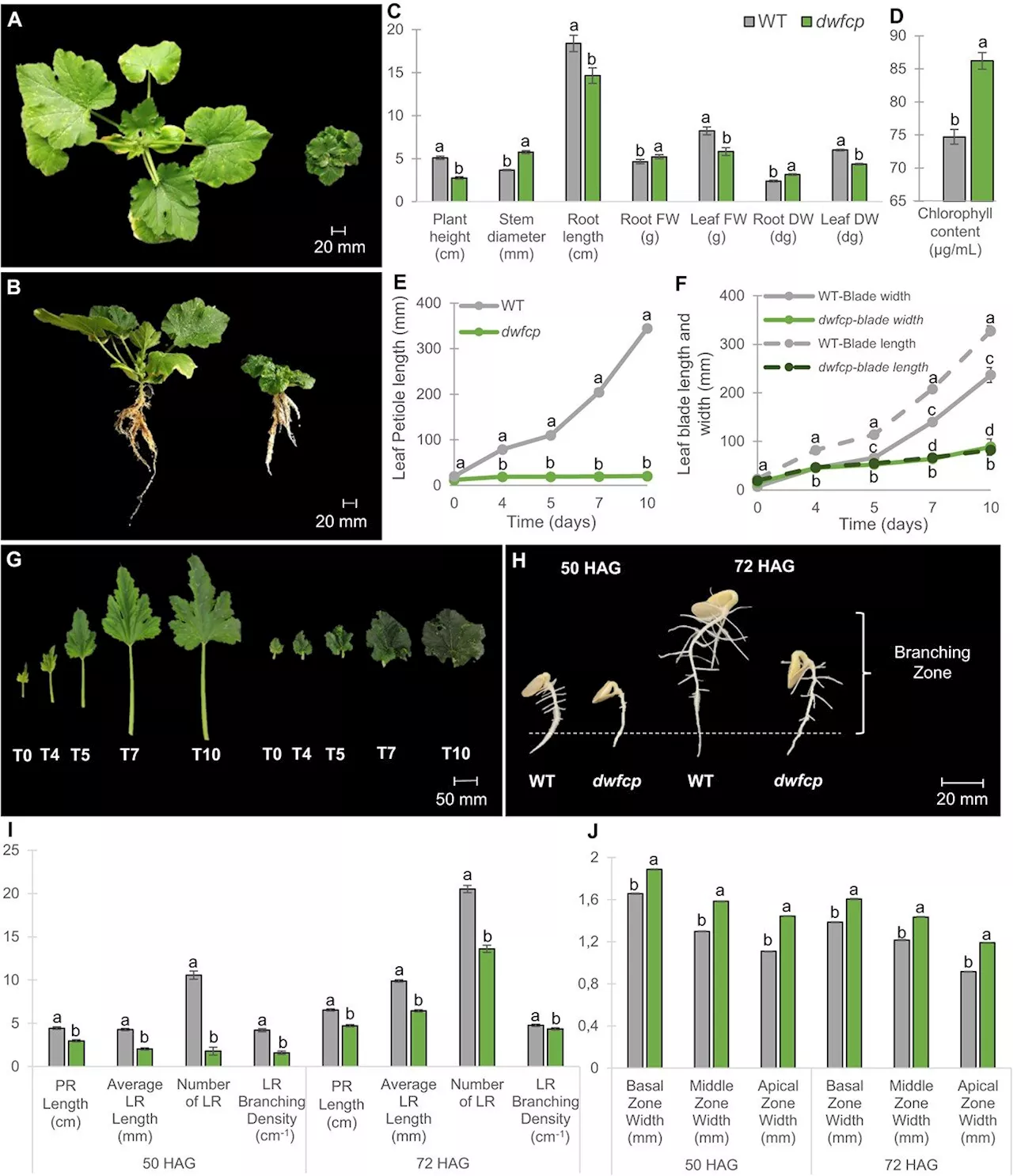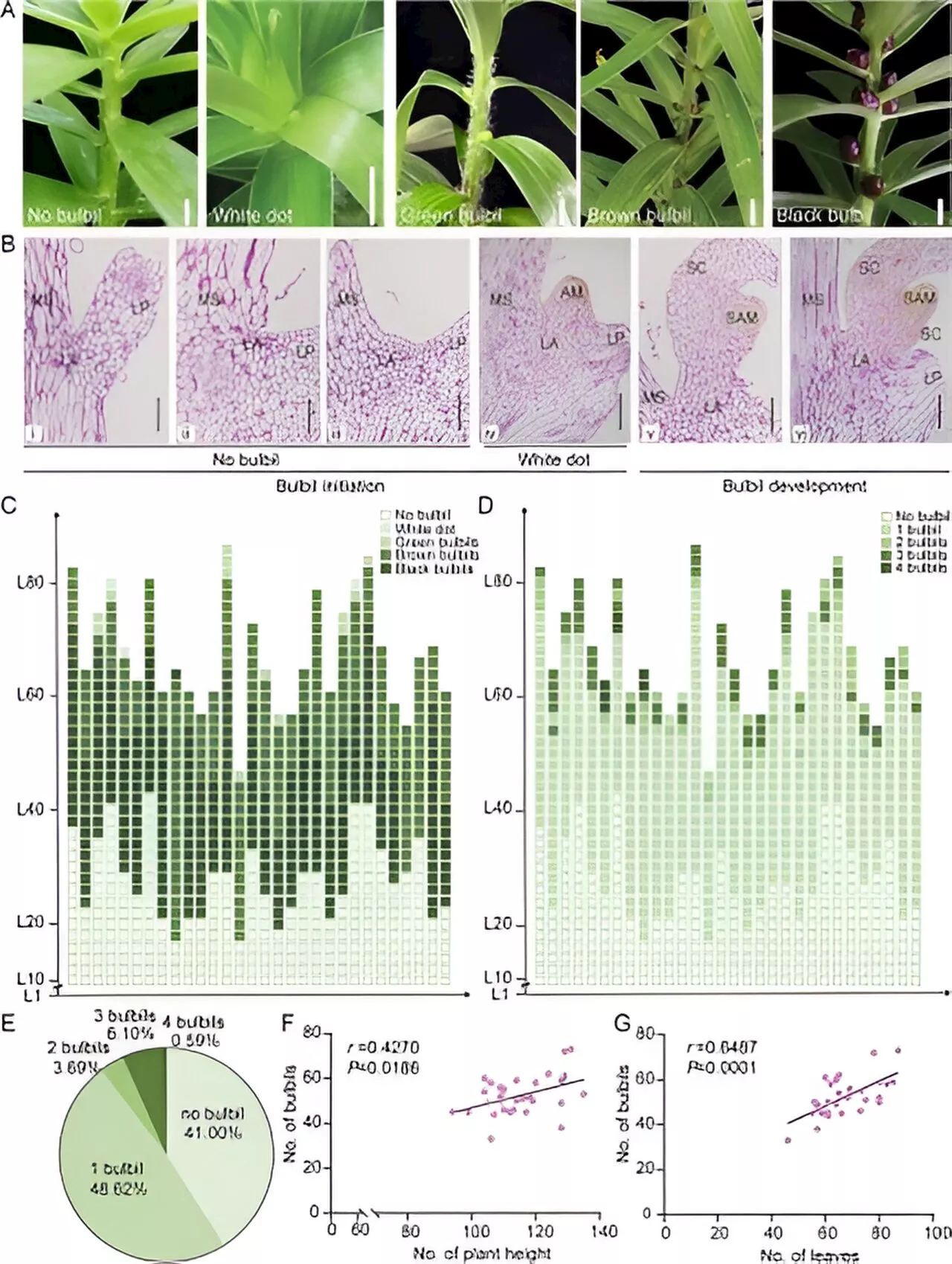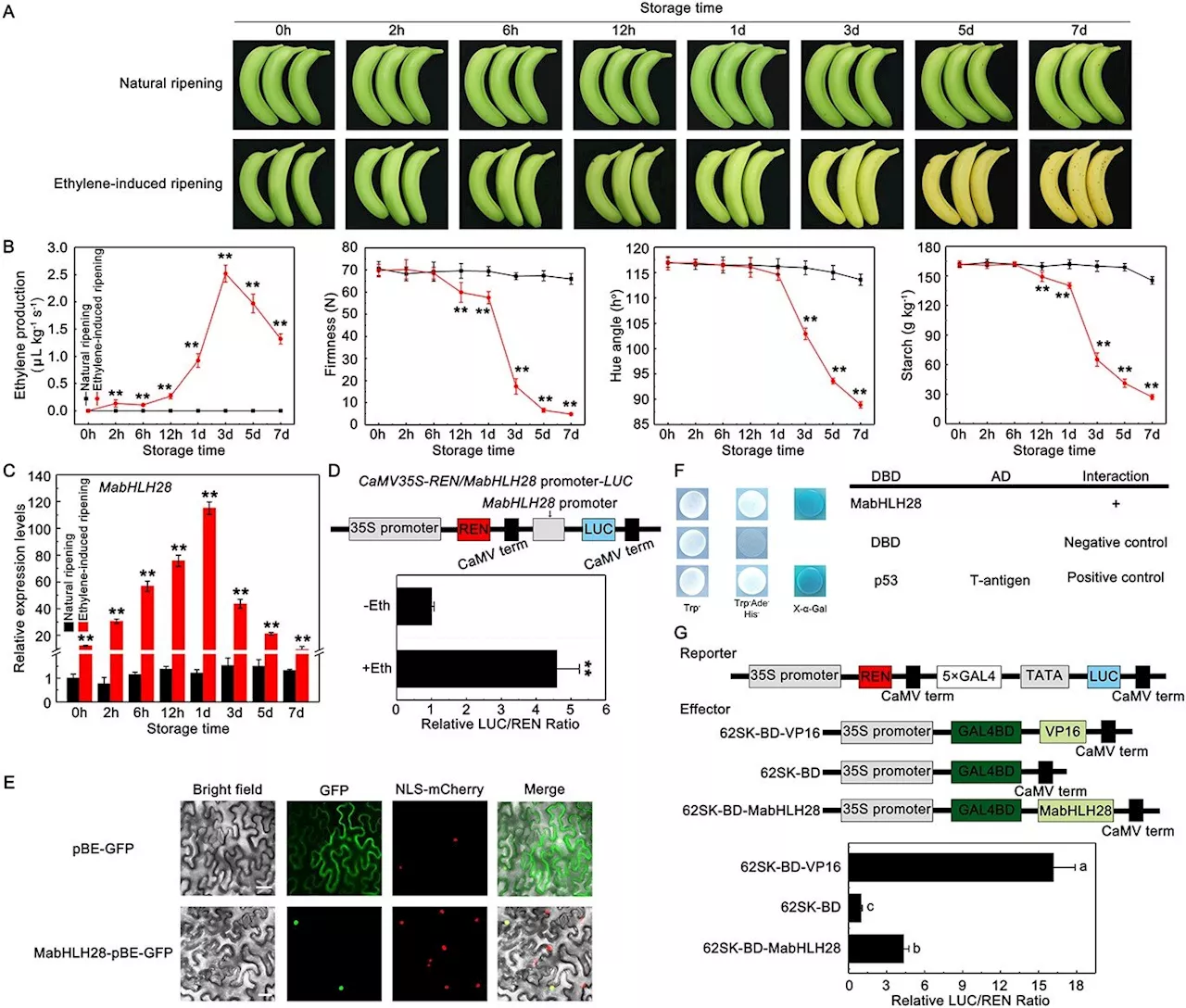Science, Space and Technology News 2024
Malaria continues to affect millions globally, causing substantial mortality and shaping human evolutionary history. Recent studies leveraging ancient DNA have illuminated the historical spread and origins of malaria, showing its adaptation across continents and its profound impact during colonial times. Advances in understanding these patterns offer insights into combating current and future malaria challenges.
To explore malaria’s enigmatic history, an international team of researchers from 80 institutions reconstructed ancient Plasmodium genome-wide data from 36 malaria-infected individuals spanning 5,500 years of human history on five continents. These ancient malaria cases provide an unprecedented opportunity to reconstruct the worldwide spread of malaria and its historical impact at global, regional, and even individual scales.
“Amplified by the effects of warfare, enslavement, and population displacement, infectious diseases, including malaria, devastated Indigenous peoples of the Americas during the colonial period, with mortality rates as high as 90 percent in some places,” says coauthor Evelyn Guevara, a postdoctoral researcher at the University of Helsinki and the MPI-EVA.
These virulent cases were found in non-local male individuals of diverse Mediterranean origins, who were likely soldiers recruited from northern Italy, Spain, and other Mediterranean regions to fight in the Hapsburg Army of Flanders during the 80 Years’ War. Human genetic analysis revealed that the infected individual was a local male with genetic adaptations for life at high altitudes. However, archaeological evidence at Chokhopani and other nearby sites suggests that these Himalayan populations were actively engaged in long-distance trade.
The team believes that the man likely traveled to a lower-altitude malaria-endemic region, possibly for trade or other purposes, before returning or being brought back to Chokhopani, where he was later buried. The intimate details revealed by ancient DNA give clues to the myriad ways that infectious diseases like malaria spread in the past, giving rise to our current disease landscape.Today, the human experience of malaria is at a crossroads.
Indonesia Berita Terbaru, Indonesia Berita utama
Similar News:Anda juga dapat membaca berita serupa dengan ini yang kami kumpulkan dari sumber berita lain.
 Unraveling Secrets of Ancient Egypt – Groundbreaking Study Rewrites the Nile’s HistoryScience, Space and Technology News 2024
Unraveling Secrets of Ancient Egypt – Groundbreaking Study Rewrites the Nile’s HistoryScience, Space and Technology News 2024
Baca lebih lajut »
 Unraveling The Past To Tackle Present-Day Identity ChallengesGerry Gebel, Strata Identity Head of Standards, former Burton Group analyst and tech executive at Chase Manhattan Bank (now JPMorgan Chase). Read Gerry Gebel's full executive profile here.
Unraveling The Past To Tackle Present-Day Identity ChallengesGerry Gebel, Strata Identity Head of Standards, former Burton Group analyst and tech executive at Chase Manhattan Bank (now JPMorgan Chase). Read Gerry Gebel's full executive profile here.
Baca lebih lajut »
 Unraveling the gendered undertones of narcissismThe researchers found that the trait manifests itself in vulnerable and subtle ways in women, which deviates from stereotypical manifestations of (male) narcissism that are typically expressed in grandiose and overt ways.
Unraveling the gendered undertones of narcissismThe researchers found that the trait manifests itself in vulnerable and subtle ways in women, which deviates from stereotypical manifestations of (male) narcissism that are typically expressed in grandiose and overt ways.
Baca lebih lajut »
 Shrinking statures, growing insights: Unraveling the genetic underpinnings of dwarfism in squashIn the quest to bolster crop yields and fortify plants against environmental stressors, the delicate interplay of phytohormones stands as a keystone. Yet, our grasp of these genetic levers, particularly those dictating plant stature and resilience to salinity, remains tenuous.
Shrinking statures, growing insights: Unraveling the genetic underpinnings of dwarfism in squashIn the quest to bolster crop yields and fortify plants against environmental stressors, the delicate interplay of phytohormones stands as a keystone. Yet, our grasp of these genetic levers, particularly those dictating plant stature and resilience to salinity, remains tenuous.
Baca lebih lajut »
 Unraveling the auxin-sucrose nexus in Lily bulbil formationA study reveals how auxin and sucrose metabolism regulate bulbil initiation in Lilium lancifolium. By manipulating auxin levels and examining key sucrose metabolism genes, researchers found that low auxin concentrations enhance bulbil formation.
Unraveling the auxin-sucrose nexus in Lily bulbil formationA study reveals how auxin and sucrose metabolism regulate bulbil initiation in Lilium lancifolium. By manipulating auxin levels and examining key sucrose metabolism genes, researchers found that low auxin concentrations enhance bulbil formation.
Baca lebih lajut »
 Ripe for knowledge: Unraveling the genetic ties of banana softeningA recent study has pinpointed a novel bHLH gene, MabHLH28, as a key regulator of banana fruit ripening. This gene significantly influences the softening process by upregulating the expression of softening-related genes, either independently or in synergy with MaWRKY49/111.
Ripe for knowledge: Unraveling the genetic ties of banana softeningA recent study has pinpointed a novel bHLH gene, MabHLH28, as a key regulator of banana fruit ripening. This gene significantly influences the softening process by upregulating the expression of softening-related genes, either independently or in synergy with MaWRKY49/111.
Baca lebih lajut »
